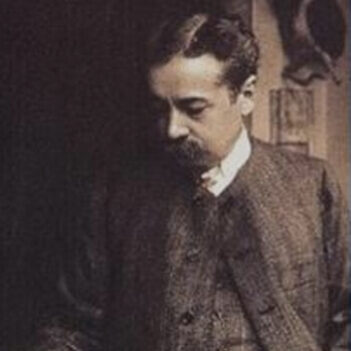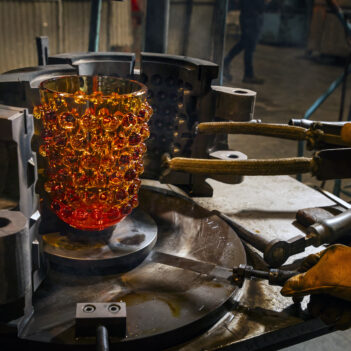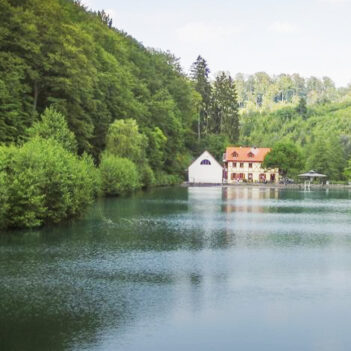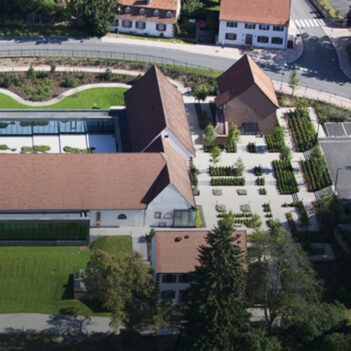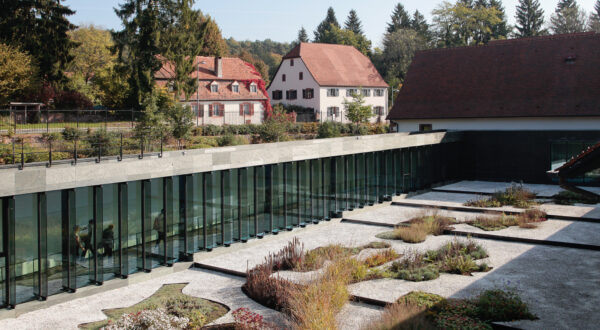- Temporary exhibitions
- 2022 : 100 years of Lalique in Alsace
- 2021 : La table, tout un art
- 2019 : The invention of Modern Perfume
- 2018 : Prism
- 2017 : Back to the sources
- 2016: Lalique and the Art of Travel
- 2015: Glass in everyday life
- 2014: The aquatic world of Lalique
- 2013: Glass and the great masters of modern art
- 2012: Suzanne Lalique-Haviland, the decor reinvented
- The collections
- Lalique more than a name
- The site
- Exhibit of the month
from 18 June to 6 November, 2022
When he decided to build the Verrerie d’Alsace (Alsace Glassworks) shortly after the First World War, René Lalique was already an accomplished artist. Recognised as the inventor of modern jewellery, and a renowned master glassmaker thanks in part to the perfume bottles he designed and produced, his new challenge was to make beauty accessible.
The new glassworks’ first furnace was lit in automn 1922 and these modern facilities represented a major step in the transition to a full-fledged 20th century factory. The prejudice voiced by certain critics against industrial production methods did nothing to deter Lalique from equipping the factory with all the modern equipment available: in the casting workshop, for instance, he used both the pressed glass process for the largest pieces and blew glass into the moulds with compressed air.
Glass tableware was a prominent element in René Lalique’s production at Wingen-sur-Moder, and an art to which he brought new and original ideas. He was also actively preparing for the Exposition des Arts décoratifs et industriels modernes, for which he produced numerous architectural elements. Lalique’s production was growing steadily more diverse, and from 1935, his new creations were all sent to Alsace for production.
After René Lalique’s death in 1945, his son, Marc, took over the company. His love of his profession coupled with his technical skills resulted in his decision to renovate the production facilities, and then, in the early 1950s, to replace glass by crystal – the contrast between transparency and a satin effect gave crystal maximum expressivity and purity.
Today, some 250 highly skilled men and women, including 8 Meilleurs Ouvriers de France, continue the Lalique tradition at Wingen-sur-Moder, in a factory that has been enlarged and equipped with state-of-the-art technology in order to meet the challenges of the future.
The Lalique Museum’s summer 2022 exhibition will look back over Lalique’s 100 year history at Wingen-sur-Moder, focusing not only on creation and techniques, but also as a tribute to the glass makers, glass cutters, potters, quality controllers, gas workers, directors and other specialists who have all played their part in this fabulous story.

